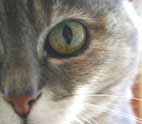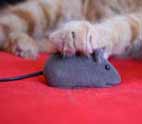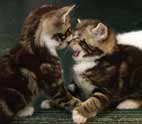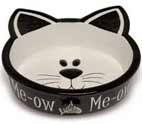Cat Tongue - It,s Amazing
The Incredible Cat Tongue: Lets take a closer look
Have you ever wondered why a cat tongue feels so rough? Or why they seem to lick everything? The answer lies in the incredible adaptation that is their tongue.
The texture of a cat's tongue is unlike any other animal's. It's covered in tiny, backward-facing spines called papillae. These papillae are made of keratin, the same material as human hair and nails.
The cat tongue is designed to carry out several crucial purposes to keep the cat healthy.
Grooming
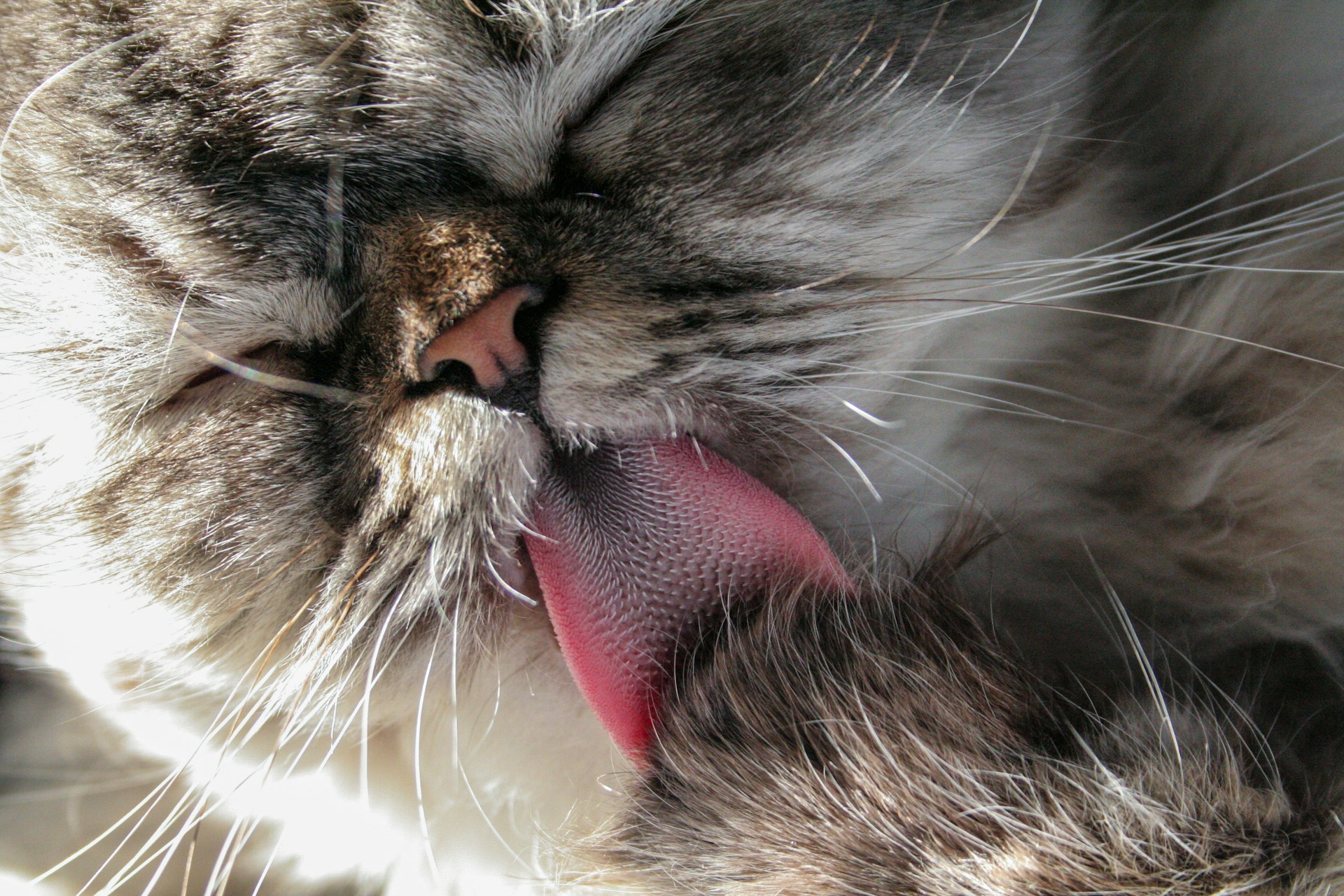
The papillae help cats remove dirt, debris, and loose hair from their fur. As they lick themselves, the spines act like combs, pulling out unwanted material. Each papillae is scooped shaped which can hold a little saliva which is then transferred onto the cats fur as they wash.
Feeding and Drinking
Feeding: When cats eat, the papillae help them scrape meat off bones and tear into their food. The rough texture also aids in gripping slippery prey.
Drinking: Cats don't lap water like dogs. Instead, they dip their tongues into the water and then flick them upward. The backward-facing papillae create a small vacuum, drawing the water into their mouths.
More Than Just a Cleaning Tool
Beyond grooming, feeding, and drinking, a cat's tongue plays a vital role in their overall health. It helps to distribute saliva throughout their mouth and throat, which aids in digestion and prevents infections. Additionally, the act of licking can be soothing and calming for cats, helping them to relax and reduce stress. This behaviour can be seen particulaly when they are in new places or after a frightening experience. Don't worry, cats are very adaptable and will soon overcome any stressor such as these.
Scientific Studies
Researchers have conducted various studies to better understand the cat tongue and its functions. One interesting finding is that the papillae on a cat's tongue can sense temperature. This helps them to avoid hot or cold food and water, protecting their sensitive mouths.
Another study discovered that the papillae can also detect chemicals in their environment. This ability may help cats to identify potential threats or locate food sources.
A Remarkable Adaptation
The cat tongue is a truly remarkable adaptation. It's a multifunctional tool that allows cats to thrive in a variety of environments. From grooming to feeding and even communication, the tongue plays a crucial role in the lives of these fascinating creatures.
So the next time you watch your cat grooming itself or enjoying a meal, take a moment to appreciate the incredible complexity and functionality of their tongues. It's a testament to the amazing adaptations that have allowed cats to become the successful predators they are today.
- Home
- Cat Questions
- More Cat Questions


